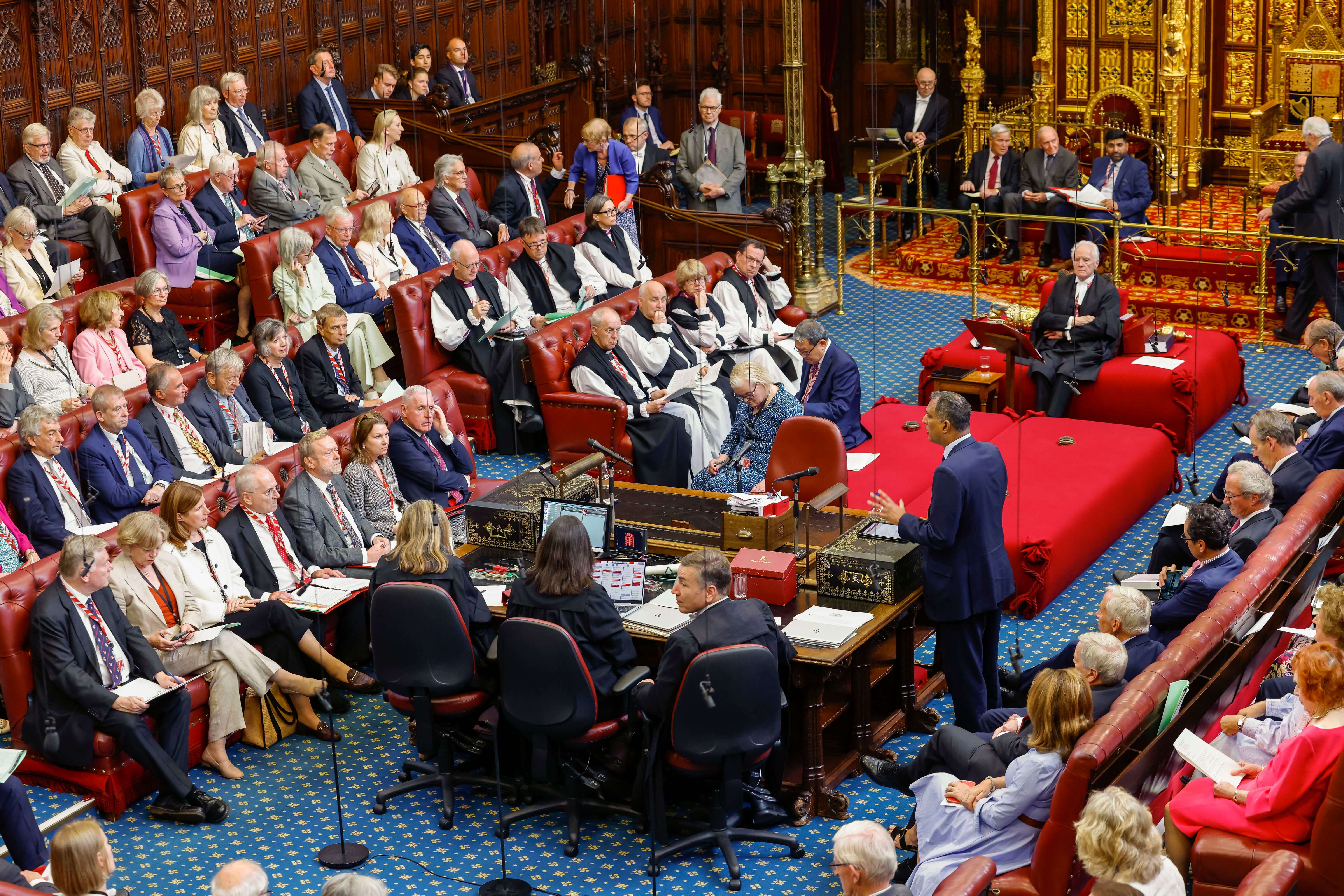Protection of Premises Bill Advances to House of Lords
The Protection of Premises Bill has reached another milestone toward becoming law in the UK. This marks a defining moment that will reshape how businesses and organisations handle their security measures nationwide.
Security professionals like us have watched this legislation develop. The bill, known as Martyn's Law, brings the biggest changes to premises security rules we've seen in years. These detailed requirements will change how organisations protect their spaces and people.
This piece gets into the bill's progress through Parliament and what it means for businesses. You'll learn everything about this legislation - from getting started with assessments to putting plans into action. We'll show you what organisations need to do to stay compliant.
Business Impact Assessment
The Protection of Premises Bill will create major financial challenges for businesses throughout the UK. Our analysis shows that 46% of respondents find the revised requirements hard to implement [1].
Different sectors and venue sizes face varying challenges. Businesses with premises that hold 100-299 people worry the most. 58% of them doubt they can afford the standard tier requirements [2]. Religious buildings and community halls face the toughest situation - 64% of places of worship and 62% of village halls worry about staying open [2].
The business community highlighted several impacts in the consultation:
- 59% of respondents agreed the revised requirements better suited different types of premises [1]
- 42% saw less burden from the new training requirements [1]
- 43% said Martyn's Law procedures would add more work than current Health & Safety rules [1]
Small venues face the biggest financial hurdle. The Impact Assessment puts costs between £1.1 billion and £6.3 billion, with £2.7 billion as the middle estimate [3]. The Security Industry Authority will oversee this regulatory framework and can check compliance. They have power to enforce rules through fines and criminal penalties [4].
Standard tier premises now have a more practical approach. The requirements focus on reasonable security measures. This marks a fundamental change from earlier proposals that reduces paperwork while keeping essential security standards intact.
Practical Implementation Guide
Organisations need practical steps to implement the Protection of Premises Bill effectively. The standard tier requirements focus on four basic procedures that premises must put in place.
Standard duty premises must implement reasonably practicable public protection procedures [5]. These include:
- Communication protocols for emergencies
- Evacuation procedures
- Invacuation (moving people to safe areas)
- Lockdown protocols
The Security Industry Authority will serve as the regulatory body. Their main goal is to provide support and guidance rather than enforcement [6]. The regulator will start as an educator to help organisations understand and meet their obligations.
Organisations must document everything and train their staff properly. The bill requires clear communication of procedures so staff members understand their roles during an incident [5]. Workers need appropriate instruction based on their responsibilities.
The regulator can issue compliance notices and monetary penalties up to £10,000 for standard duty premises [6]. Daily penalties of up to £500 may apply when non-compliance continues [6].
The most important change is the move from prescriptive requirements to a flexible approach. Organisations can now tailor their security measures based on their specific circumstances and available resources [5]. This practical framework balances security needs with operational feasibility.
Future Security Landscape
The UK's security landscape faces major changes as the Protection of Premises Bill moves through Parliament. The threat level stays at SUBSTANTIAL, that indicates an attack is likely [5]. We need a strong framework to protect our public spaces.
The implementation will take at least 24 months after Royal Assent [7]. This gives organisations enough time to understand and adapt to their new obligations. The Security Industry Authority will use this time to set up its regulatory framework.
Tomorrow's security landscape will look quite different, with these changes:
- The Security Industry Authority will take on new regulatory duties
- Duty holders will get complete guidance and support
- Clear penalties and enforcement rules will be established
- Public and private sectors will work together more closely
The cyber threat landscape keeps changing [8], and that's why the bill focuses on security measures that can adapt. This legislation wants to build a stronger security infrastructure across the UK.
The Security Industry Authority plans to guide and support businesses instead of enforcing rules right away [6]. This shows we understand that regulators and organisations must work together to build a strong security culture.
Premises with enhanced duties could face penalties up to £18 million or 5% of worldwide revenue [6]. These heavy penalties would only apply when serious non-compliance continues after other measures fail.
Conclusion
The Protection of Premises Bill represents a revolutionary force in UK public safety regulations. Our analysis reveals how this legislation strikes a balance between the most important security needs and real-world implementation challenges. Small venues and places of worship will feel the financial impact that ranges between £1.1 billion and £6.3 billion.
The bill's fundamental change to flexible, risk-based security measures shows a well-planned approach to public protection. Standard tier premises need reasonable security protocols and will receive support from the Security Industry Authority. This collaborative regulatory framework wants to educate rather than just enforce rules.
Organisations have 24 months after Royal Assent to adapt their security measures. Smart businesses should start their preparations now instead of waiting until the enforcement deadline. The Security Industry Authority will help organisations meet compliance requirements, but heavy penalties await those who fail to comply.
This legislation builds a stronger security framework throughout the UK. Small venues face challenges, but the bill's practical approach lets organisations customise security measures based on their unique needs. This balanced approach helps the UK protect public spaces better while businesses of all sizes can operate effectively.
References
[1] - https://www.gov.uk/government/publications/terrorism-protection-of-premises-bill-2024-factsheets/terrorism-protection-of-premises-bill-overarching-factsheet
[2] - https://assets.publishing.service.gov.uk/media/66e312f30d913026165c3de6/FINAL_ST_Consultation_results.pdf
[3] - https://commonslibrary.parliament.uk/research-briefings/cbp-9799/
[4] - https://www.gov.uk/government/publications/terrorism-protection-of-premises-bill-2024-impact-assessment/terrorism-protection-of-premises-bill-impact-assessment-accessible
[5] - https://commonslibrary.parliament.uk/research-briefings/cbp-10111/
[6] - https://www.gov.uk/government/publications/terrorism-protection-of-premises-bill-2024-factsheets/terrorism-protection-of-premises-bill-regulation-sanctions-and-enforcement-factsheet
[7] - https://homeofficemedia.blog.gov.uk/2024/09/13/martyns-law-factsheet/
[8] - https://researchbriefings.files.parliament.uk/documents/CBP-9821/CBP-9821.pdf
About the author
Ready to get started?
Free trialOur latest news
Sharing knowledge and insights in everything from terrorism risk to machine learning from our researchers and partners.





